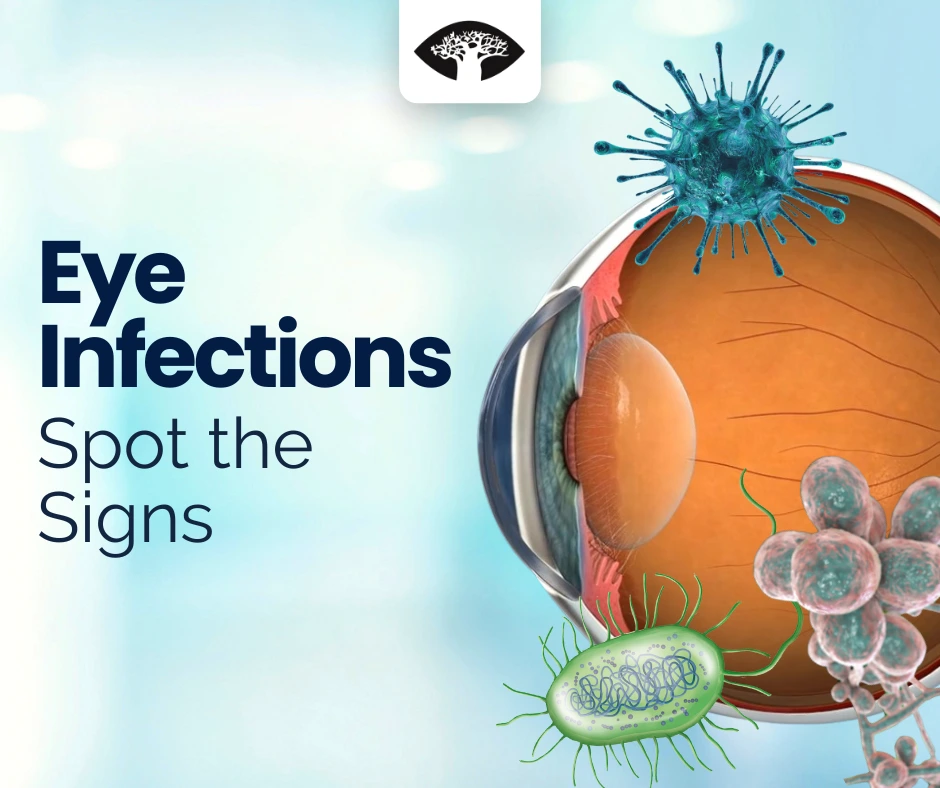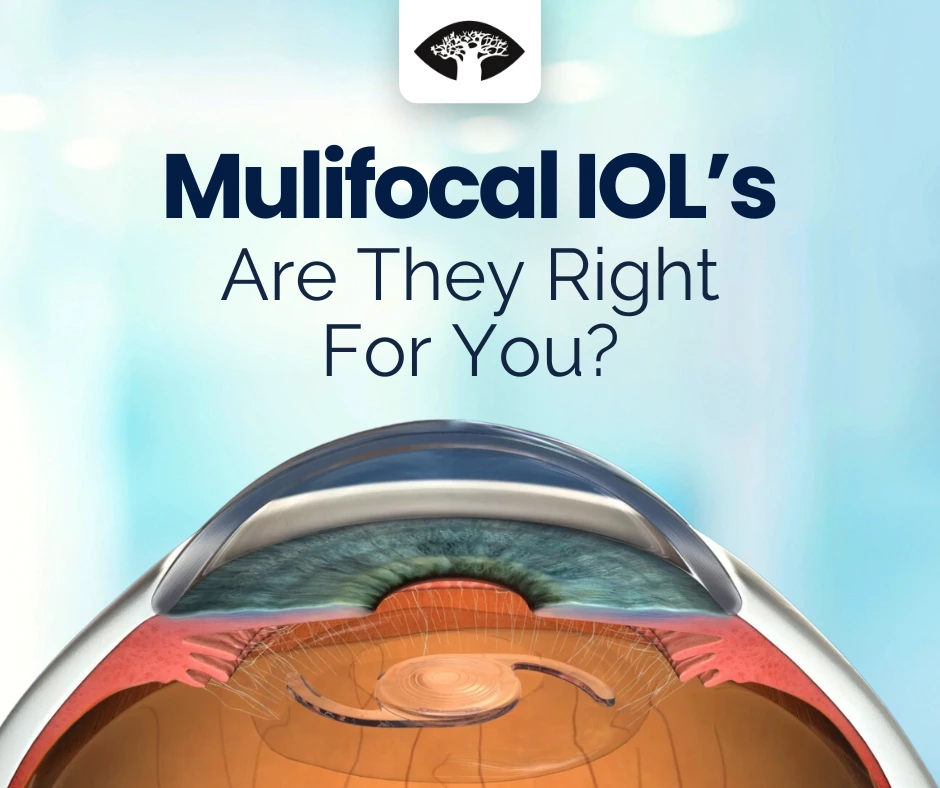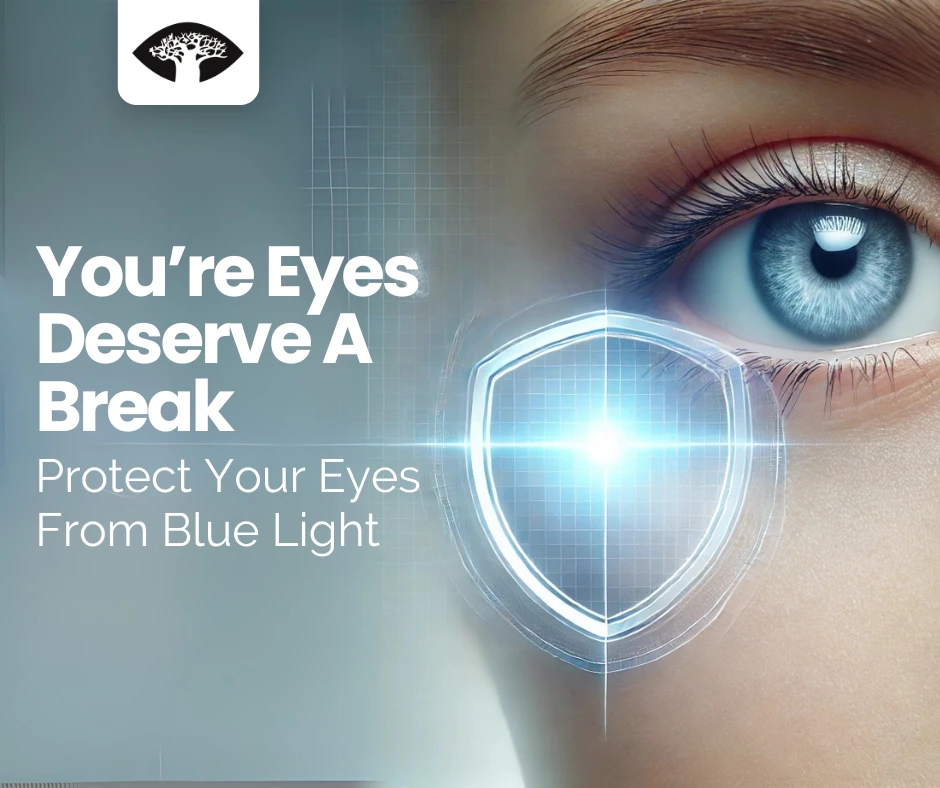Our eyes are among the most delicate and essential organs in the body, yet they are constantly exposed to external elements that can lead to infections. Ocular infectious diseases range from mild irritations to severe conditions that can result in vision loss if left untreated. Understanding the causes, symptoms, prevention strategies, and treatment options for these infections is crucial for maintaining healthy vision.
Ocular infections arise from bacterial, viral, fungal, or parasitic sources, each presenting unique challenges in diagnosis and treatment. The impact of these infections varies from minor irritations to significant vision-threatening complications. Therefore, early detection and proper management are critical in preventing irreversible damage.
Common Ocular Infectious Diseases
Ocular infections can be caused by bacteria, viruses, fungi, or parasites, each with distinct characteristics and treatment approaches. Below are some of the most common types:
Conjunctivitis (Pink Eye)
Conjunctivitis is one of the most well-known eye infections and occurs when the thin, transparent layer covering the white part of the eye and the inner eyelids (conjunctiva) becomes inflamed.
Allergic conjunctivitis is triggered by allergens such as pollen, dust, or pet dander. Although not infectious, it causes symptoms similar to pink eye, including redness and itching. Antihistamine eye drops can provide relief.
Bacterial conjunctivitis is caused by bacteria such as Staphylococcus aureus or Streptococcus pneumoniae. It leads to redness, swelling, and thick yellow or green discharge. This type of conjunctivitis is contagious and requires antibiotic eye drops.
Viral conjunctivitis is caused by viruses like adenoviruses, the same viruses responsible for the common cold. It spreads easily and leads to watery discharge and irritation. There is no specific treatment for viral conjunctivitis, but it usually resolves on its own.
Keratitis (Corneal Infection)
The cornea is the transparent outer layer of the eye that helps focus light. Keratitis occurs when the cornea becomes infected or inflamed.
Viral keratitis, commonly caused by the Herpes Simplex Virus (HSV-1), can lead to recurrent eye infections. It causes redness, watery discharge, and in some cases, scarring of the cornea. Antiviral eye drops or oral antiviral medication can help manage the infection.
Bacterial keratitis is often seen in people who wear contact lenses and is caused by bacteria like Pseudomonas aeruginosa or Staphylococcus aureus. It can lead to severe pain, blurred vision, and eye redness. Antibiotic eye drops are required for treatment.
Fungal keratitis occurs when fungi, such as Aspergillus or Fusarium, enter the eye, usually after an injury involving plant material like a tree branch or thorn. Symptoms include eye pain, light sensitivity, and blurry vision. Antifungal eye drops or oral medication are used for treatment.
Endophthalmitis (Severe Intraocular Infection)
Endophthalmitis is a rare but severe intraocular infection that can occur following eye surgery, penetrating injuries, or bloodstream infections. It is most commonly bacterial or fungal and requires immediate medical intervention to prevent permanent vision loss.
Uveitis (Inflammation of the Uvea)
The uvea is the middle layer of the eye, which includes the iris (colored part of the eye), ciliary body (a structure that helps focus vision), and choroid (a layer filled with blood vessels). When it becomes inflamed due to infections such as toxoplasmosis (a parasite infection), syphilis, tuberculosis, or herpes viruses, it can cause pain, light sensitivity, and blurry vision. If left untreated, uveitis can lead to complications such as glaucoma (increased eye pressure) or cataracts (clouding of the lens). Anti-inflammatory and antibiotic treatments can help manage the condition.
Acanthamoeba Keratitis
Acanthamoeba keratitis is a rare but serious eye infection caused by a tiny parasite called Acanthamoeba. It is commonly found in water sources, including tap water, swimming pools, and hot tubs. People who wear contact lenses are at a higher risk if they do not properly disinfect their lenses. This infection causes extreme pain, light sensitivity, and corneal damage. Treatment is difficult and often requires specialized anti-parasitic medication.
Symptoms to Watch For
The symptoms of eye infections depend on the type of infection but commonly include:
- Redness and swelling of the eye
- Pain or discomfort in the eye
- Excessive tearing or unusual eye discharge
- Blurry vision or difficulty seeing
- Sensitivity to light
- The feeling that something is stuck in the eye (foreign body sensation)
If these symptoms persist, it is important to see an ophthalmologist immediately to prevent further complications.
Prevention Strategies
Preventing eye infections is possible with good hygiene and proper eye care habits. Washing hands regularly and avoiding touching the eyes can prevent bacteria and viruses from entering. People who wear contact lenses should follow proper cleaning techniques, avoid wearing them overnight, and replace them as recommended.
Sharing personal items like towels, eye makeup, and contact lenses should be avoided since infections can spread easily this way. Using protective eyewear, such as sunglasses and safety goggles, can also help shield the eyes from harmful microorganisms and environmental irritants.
Keeping the immune system strong by eating a nutritious diet, exercising, and getting enough sleep can also help the body fight infections more effectively. If an eye injury occurs, even if minor, seeking medical attention immediately can prevent secondary infections.
Diagnosis and Treatment
Ophthalmologists diagnose eye infections by performing a comprehensive eye examination. A slit-lamp examination uses a special microscope to closely examine the eye’s surface and internal structures. In some cases, an eye specialist may take a sample of eye discharge to identify the microorganism causing the infection. Fluorescein staining, where a special dye is used, can detect corneal abrasions or ulcers. PCR testing (a type of lab test) is useful in detecting viruses.
Treatment varies depending on the type of infection. Bacterial infections are treated with antibiotic eye drops, while viral infections, such as herpes keratitis, require antiviral medication. Fungal infections need antifungal eye drops or oral medication. For parasitic infections, specialized treatments may be required, often involving prolonged therapy. In severe cases, surgery, such as a corneal transplant, may be necessary to restore vision.
Conclusion
Ocular infectious diseases can range from mild conditions that resolve on their own to severe infections requiring urgent medical care. Knowing the symptoms and seeking early treatment can prevent complications. By maintaining proper eye hygiene, protecting the eyes from injury, and following medical advice, individuals can reduce their risk of developing serious eye infections.
If you notice any persistent eye discomfort, redness, or vision changes, consult an ophthalmologist immediately to ensure the best possible outcome for your eye health.






